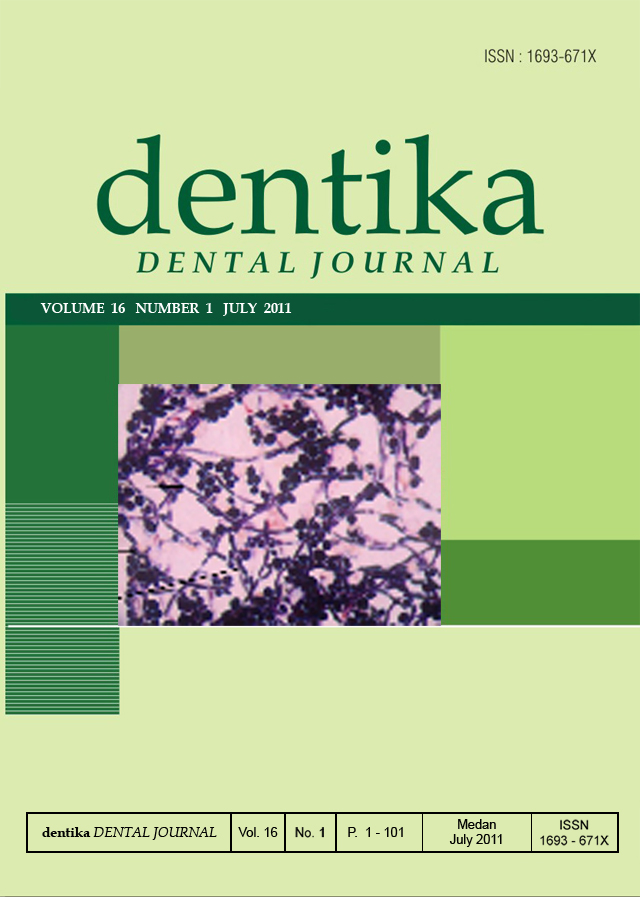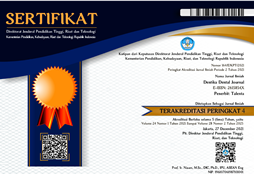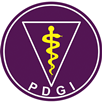CEMENTO-OSSIFYING FIBROMA ON THE ANTERIOR MANDIBLE REGION
FIBROMA CEMENTO-OSSIFYING PADA REGIO DEPAN RAHANG BAWAH
DOI:
https://doi.org/10.32734/dentika.v16i1.1910Keywords:
cemento- ossifying fibroma, marginal resection, AO plateAbstract
Cemento-ossifying fibroma (COF) is a rare benign tumor which mostly affects the mandible and the most common site is
in the premolar-molar region . It is a painless, generally slow-growing, benign lesion which enlarges in an expansive
manner. It is usually detected in the third and fourth decade of life and is more common in women. Radiographically,
they appear as well-defined unilocular or multilocular intraosseous mass in the premolar- molar region of the mandible.
The lesion is invariably encapsulated and with mixed radiolucent density. Its histopathology shows fibrous tissues with
calcified structures resembling bone or cementum. This article reports a rare case of a-20-year old male with history of
swelling in the anterior mandible region at tooth region 33-43 causing difficulty in occlusion. We have performed
marginal resection and put AO plate crossing the bone defect. There was no wound dehiscence and exposed AO plate
after six months of close observation. In conclusion, the mass has been succesfully excised and reconstructed using AO
plate. Patient has been referred to the prosthodontic department for having a denture.


















